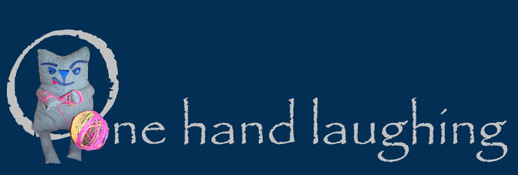What does “creativity” look like in Muncie today?
This page documents an ongoing research project that asks: how are creativity and aesthetics shaping contemporary Muncie, Indiana as a space and place?
Data is currently being gathered in three areas:
- Interviews with individuals involved in enacting policies related to arts, culture and placemaking.
- Interviews with local entrepreneurs and creatives whose businesses overlap with arts/design/making.
- Surveys of/interviews with individual makers about their everyday creative practices.
Interview data will be correlated with visual analysis of images and maps of Muncie and document analysis (e.g. websites, cultural policy documents, social media accounts, print materials) to identify and describe the connections between everyday/informal creative activities and the formal institutions and policies influencing contemporary culture in Muncie today.
Survey: What are you creating?
The survey gathers information about the kinds of arts, crafts and hobbies individuals in Muncie are currently engaging in. People 18 years of age and older who live in Muncie and who consider themselves creators are invited to participate. It does not matter what you create – creators/crafters/artists/makers/hobbyists of all levels are welcome to participate. Questions ask about the kinds of things you create, why you make things, where you purchase tools/supplies, where you learn about your activity and any local arts-related groups or organizations you belong to. Interested?
Click HERE to participate in the survey
About the researcher
Cheryl Klimaszewski holds a PhD in Communication, Information and Media from Rutgers-The State University of New Jersey. Her dissertation focused on Romanian vernacular museums, which are DIY museums that individuals create in their own homes. She is currently researching how cultural policy, arts and creative activities (broadly construed) are shaping life in smaller towns and cities in the US. She continues to think about nontraditional institutions as forms of outsider/roadside knowledge while keeping an eye on cultural policy efforts that purport to democratize culture, particularly at the grassroots level (participatory culture, cultural activism and placemaking). She’s also been cataloging public art projects in Philadelphia, the “Mural Capital of the World”. She teaches a course on Museums, Information and Technology in the Rutgers Masters of Information program.
This project is funded by the Mississinewa Foundation.
